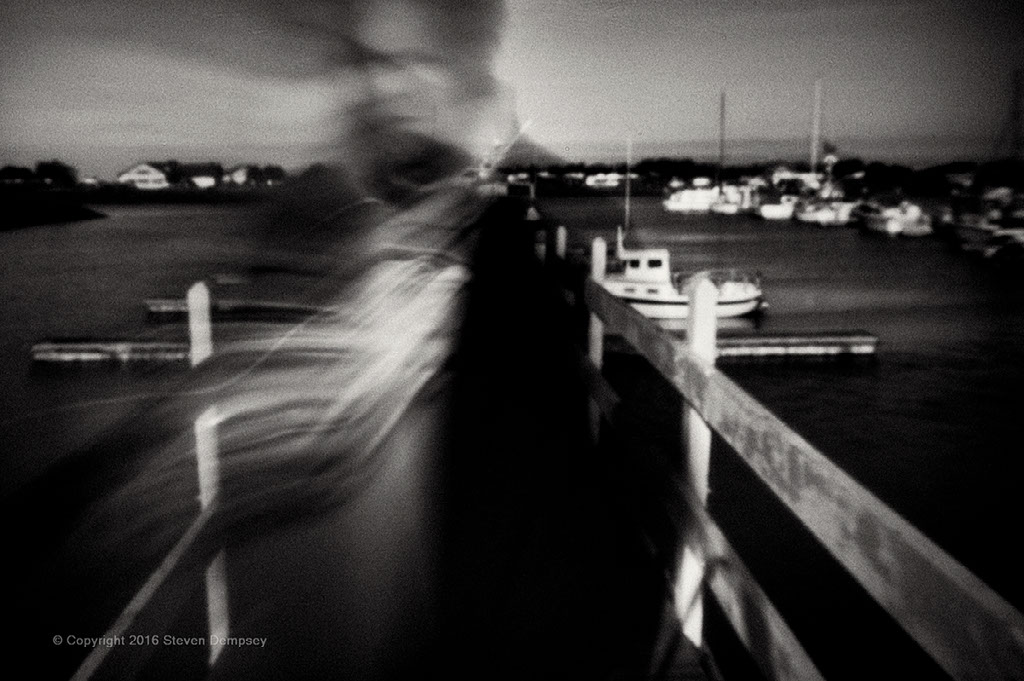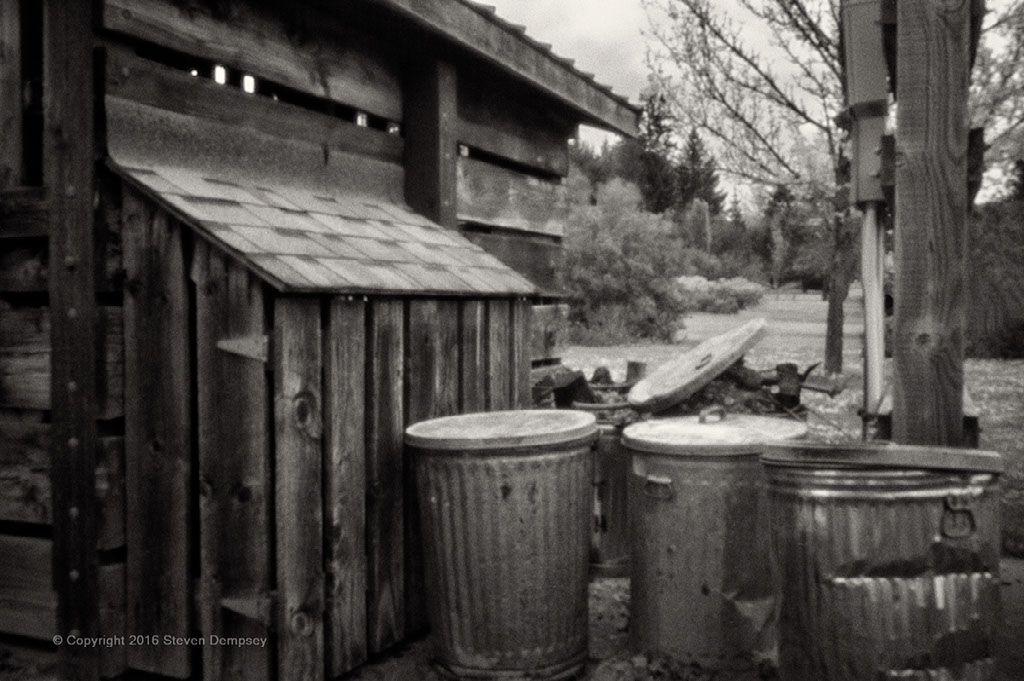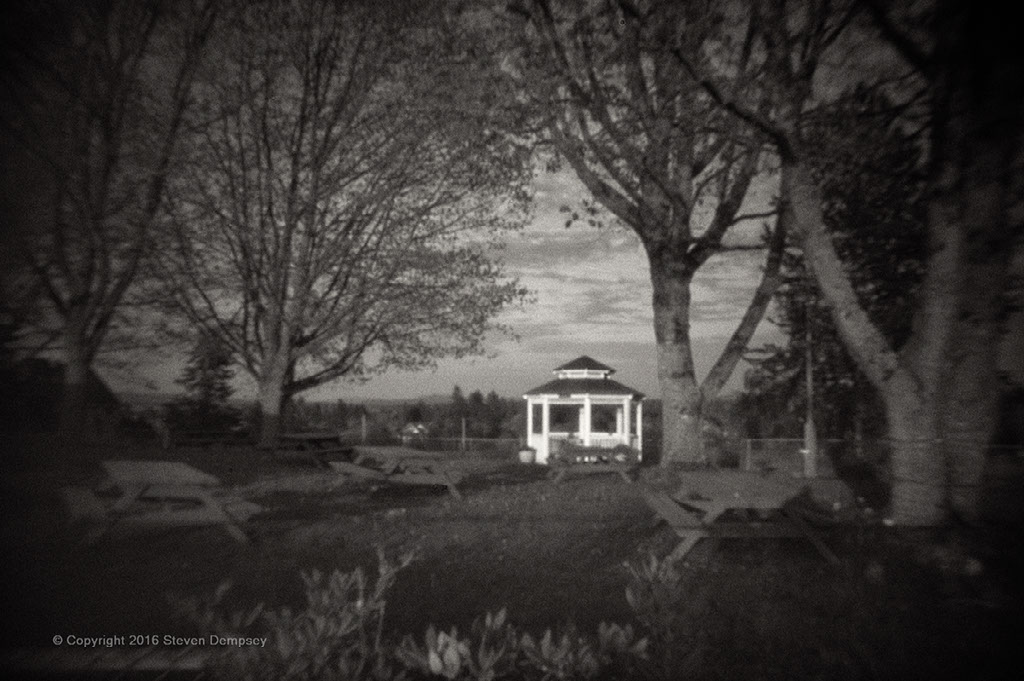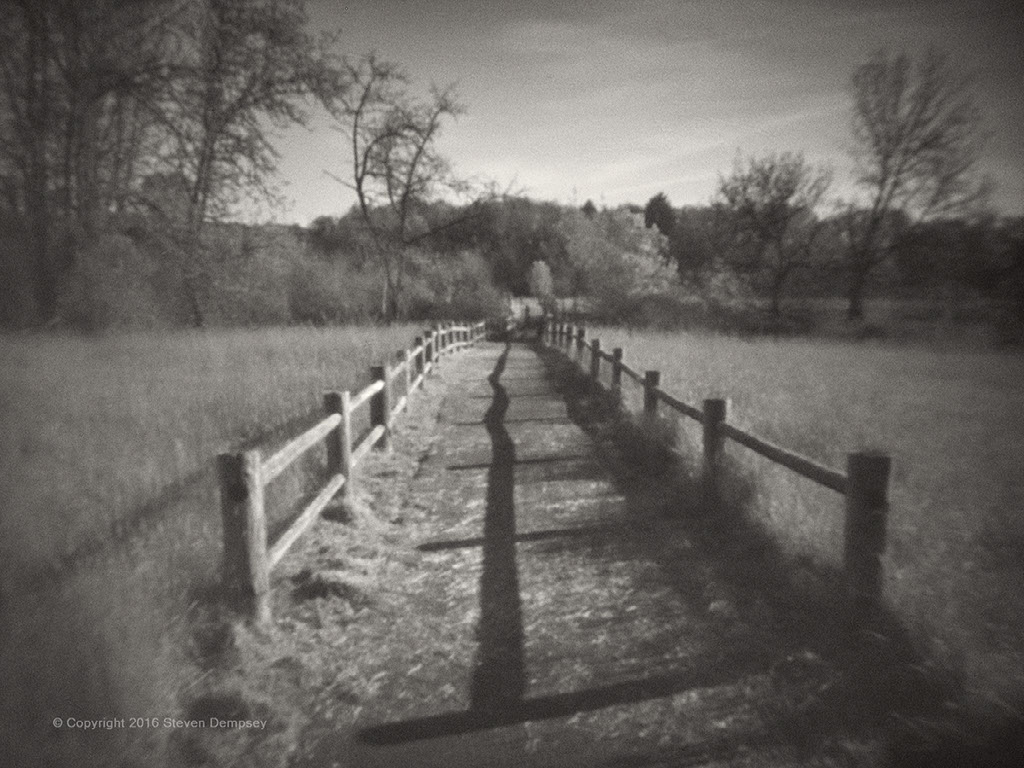Through a Pinhole Experiments in Digital Photography
I'm always experimenting with lenses, old and new, in my attempt to capture a presence or soul in my work. Most recently, I've even attached an old bellows camera from the early 1900s to my camera.
When I look back on these photographs, each has their own personality. To me, they are not a mere reflection of the everyday world, rather, they are altered versions of the familiar.
I'd heard of a thing called pinhole photography over the years but never thought about applying it in a digital context. The pinhole method, in itself, is a fascinating process. Basically anything that can be light-tight, such as a cookie tin or a wooden box can become a pinhole camera.
Originally discovered centuries ago, it was observed that light coming through a tiny hole in an otherwise dark enclosure would project an upside down image on the opposite wall. This became known as the Camera Obscura (dark room). During the Rennaissance, artists used this principle to create what were known as Perspective Instruments. They traced the projected image onto paper or canvas to create a realistic depiction of the world.
Fascinating, you say, but what has that got to do with pinhole photography? Everything, actually. By removing the lens from my camera and replacing it with a body cap, it becomes a light-sealed chamber. By creating a tiny pinhole in the cap, I have my own Camera Obscura. Now I have the ability to capture images without using a lens at all! There's something magical about the process.
By its nature, especially in the digital realm, pinhole photographs are not sharp. In fact, that's part of their charm. Also, because the hole is so tiny, only a small amount of light gets through to the camera. It takes much longer to make an exposure than using a traditional lens. Exposure times can range from a few seconds to hours.
These long exposures provide many creative opportunities. In a fun shot that was 30 seconds long, for instance, I stood on one side of the scene for about 12 seconds and then quickly shifted to the other side for another 12 seconds. The resulting photograph looks like there were two people present.
Pinhole photography has a strong community of inventors. Entire rooms have been converted to pinhole cameras. People have even transformed their cars into image-making devices.

While the genre itself is traditionally more associated with film photography, digital does occupy a small and growing community.

More than other traditional methods of photography, pinholing lends itself the most to creative expression. Search any pinhole photographer on the Web and you will find images as individual as the artists who made them.

A big part of the appeal for me is that I never know exactly what the final photograph will look like, especially if there's motion involved. I particularly like slowly shifting my body in a self portrait to create a ghost-like presence. It expands on the notion that photography captures a single moment in time. When using a pinhole, it's more about recording the actual passing of time.
When we finally settle down from our life on the road, I may make my own pinhole camera and try using film. I'm definitely tempted to turn my RV into a camera but I don't think Linda would be too keen on that. In the meantime, I'm happy to have found yet another way to create images that feel more imagined than real.

If you would like to keep up with my travels, click on the button below and sign up to be notified of new posts. Peace.